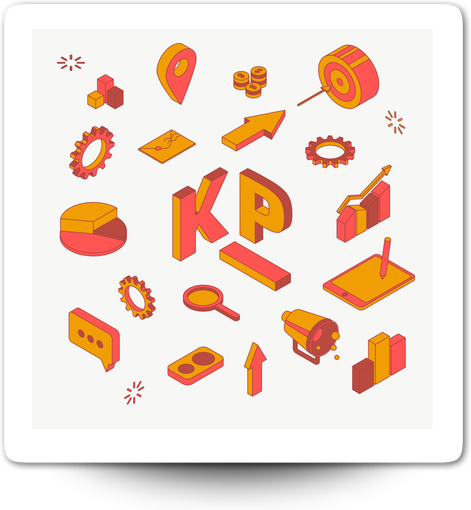|
Performance informs business decisions, KPIs drive actions: I was discussing with another startup founder this week (hint hint) on the importance of being data-driven in all decisions (I did write about this on medium a few years back). Key performance indicators (KPIs) are milestones on the road to success and monitoring them will help product-driven entrepreneurs identify progress towards their goals (of world domination) – and as such, KPIs should be chosen and monitored based on a startup’s specific and unique business goals. But with that in mind, I was thinking I would write a quick reminder note on the most common funnel-driven KPIs in e-commerce. Discovery metrics: Help Measure the activities that create awareness and discovery
Acquisition metrics There are many, many metrics in this phase of the funnel, so we’ll only focus on a few.
Conversion metrics Measure the performance in converting from a store visitor to a paying customer, adding products to their shopping cart and actually checking out.
Retention metrics. Acquiring a new customer is anywhere from 5 to 25 times more expensive than retaining an existing one. Retention-focused metrics drastically benefit from good customer service, loyalty programs, repeat purchase campaigns, and a true investment in customer satisfaction.
5. Advocacy metrics Advocates are a company’s goldmine, they’re the ones who deserve the white glove treatment. These metrics will help a company measure the efforts taken to show them the Company cares.
Let me know what you think here.
My name's phil mora and I blog about the things I love fitness, hacking work, tech and anything holistic. Head of Product thinker, doer, designer, coder, leader
0 Comments
Leave a Reply. |
Head of Product in Colorado. travel 🚀 work 🌵 weights 🍔 music 💪🏻 rocky mountains, tech and dogs 🐾Categories
All
|


 RSS Feed
RSS Feed